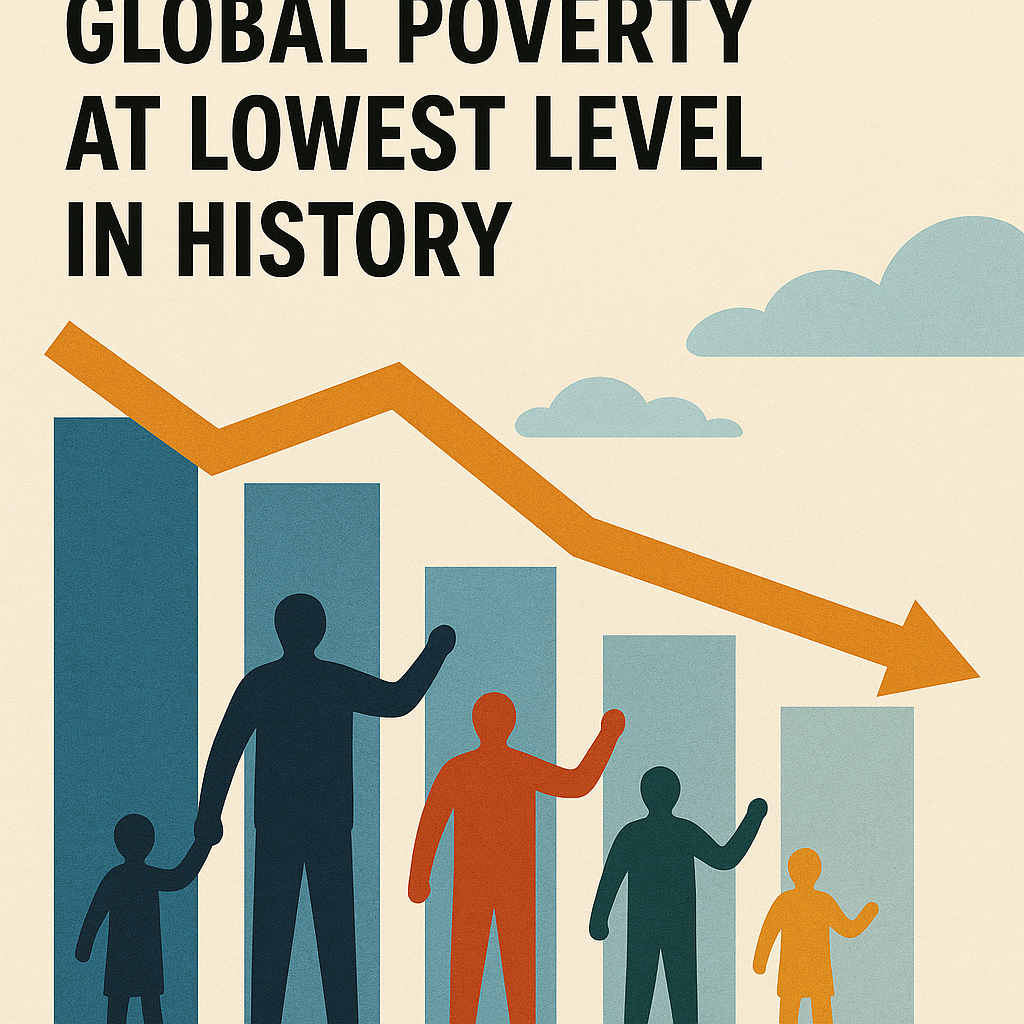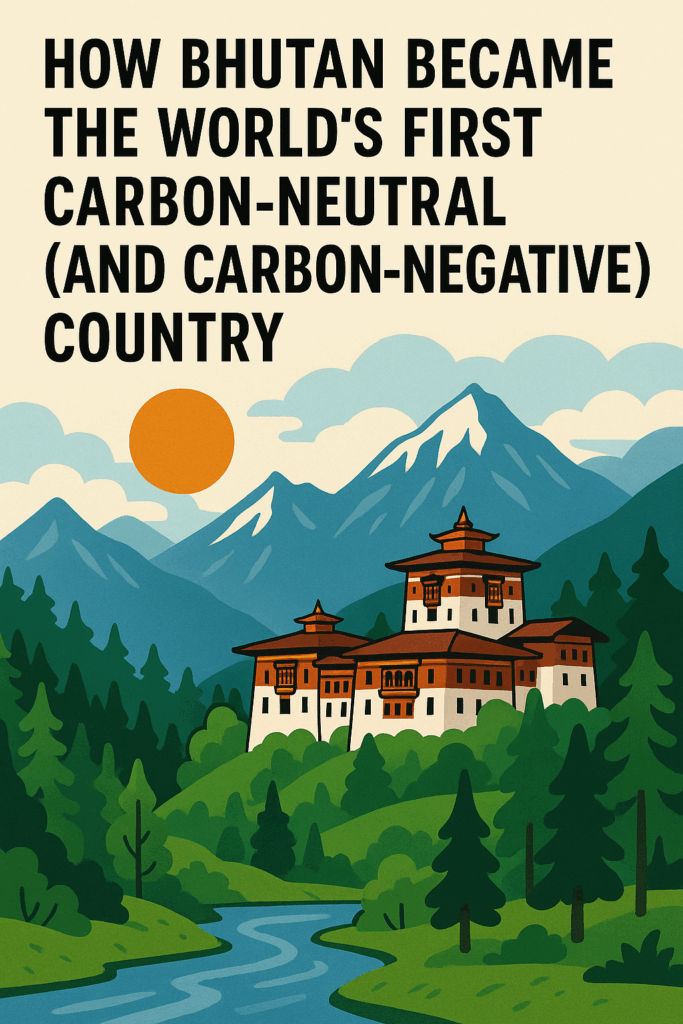How a Village in India Ended Hunger Using Revolutionary Farming
In a remote corner of [State Name, e.g., Odisha/Kerala/Madhya Pradesh], one village has achieved the impossible—eradicating hunger completely. While malnutrition remains a crisis across much of rural India, this community has become self-sufficient in food production using innovative, low-cost farming techniques.
Here’s how they did it—and why their model could transform agriculture across the developing world.
1. The Crisis: A Village on the Brink of Starvation
- Chronic Hunger: Years of failed monsoons, debt-driven farming, and reliance on cash crops left families malnourished.
- Farmer Suicides: Crop failures forced many into debt traps, a tragic trend seen across India.
- Land Degradation: Overuse of chemical fertilizers and pesticides ruined soil health.
Then, everything changed.
2. The Revolution: How the Village Turned It Around
A. Return to Indigenous Farming (Zero-Cost Agriculture)
- Farmers abandoned expensive hybrid seeds and chemicals, reviving traditional mixed-cropping (millete, pulses, vegetables).
- Example: “Rabi-Kharif-Zaid” crop rotation restored soil fertility naturally.
B. Community Grain Banks (No More Food Shortages)
- Families pooled surplus harvests into a shared grain bank, ensuring no one went hungry in lean seasons.
- Inspired by Odisha’s “Mandia Bank” (millet storage system).
C. Permaculture & Water Conservation
- Rainwater harvesting ponds revived groundwater levels.
- Bio-fencing with nitrogen-fixing plants reduced pests without pesticides.
D. Women-Led Farming Cooperatives
- Self-help groups (SHGs) took charge of vegetable gardens, poultry, and seed preservation.
- Result: More diverse diets, extra income from surplus sales.
E. Government & NGO Support (But Not Dependence)
- Initial training from agriculture scientists & groups like MSSRF (M.S. Swaminathan Foundation).
- No free handouts—just knowledge sharing.
3. The Results: Hunger Vanquished
✅ 100% food self-sufficiency within 3 years.
✅ Child malnutrition rates dropped by 70%.
✅ Farmers’ incomes doubled by cutting input costs.
✅ Biodiversity returned—bees, birds, and native crops flourished again.
“We don’t buy rice anymore—we grow enough for ourselves and sell the rest.” —Village elder
4. Challenges They Overcame
⚠ Initial Resistance: Farmers feared abandoning cash crops (like cotton or sugarcane).
⚠ Climate Extremes: Unpredictable rains required adaptive techniques.
⚠ Market Access: Middlemen initially blocked fair prices for organic produce.
5. Can This Model Work Everywhere?
✔ YES, if…
- Communities unite (individual farmers can’t do it alone).
- Governments promote agroecology over industrial farming.
- Consumers support local, chemical-free food.
❌ NO, if…
- Corporate agriculture lobbies block policy changes.
- Climate change outpaces adaptation efforts.
6. Lessons for the World
- Hunger isn’t inevitable—it’s a policy choice.
- Traditional knowledge + modern science = unstoppable.
- Women farmers are the secret weapon against malnutrition.



Leave a Reply